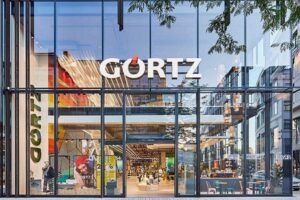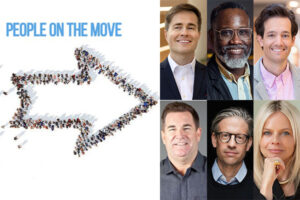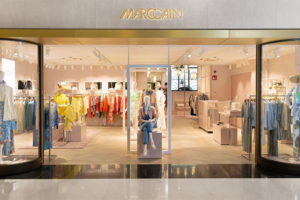The real estate industry has traditionally been dealing with stones. In this mindset, investment metrics have been centered around assessing the value of the buildings themselves.
There is nothing wrong with this approach: We should and will continue to look at the rents generated from the buildings we invest in. However, we need to deepen our focus on how a sustainable cash flow is being created. With the scarcity of no-brainer locations many investors broaden their view to peripheral sites and areas where positive momentum is expected but yet to come. In such cases a simple view on exiting or historical facts is falling short in recognizing the future. Here, the unleashing of the identified potential is not a mere function of hard facts of the building alone. It’s more a function of the entire experience and the vibrance of the urban and social network which is still to be created.
It’s all about placemaking – the creation of feelings and emotions and not just stones and fit-out. This approach has first been felt in the retail sector and the name of the game in the shopping center industry for the past years. But with the changing consumer preferences and the ever-evolving user behavior “placemaking” started to also play a significant role in other asset classes. As easy and intuitive as placemaking sounds, it is quite challenging to successfully turn it into reality. Creating places and making real estate spaces desirable locations is a complex task – and there are three main challenges:
Firstly, thoroughly curating the product is key: Placemaking is basically about creating a desirable location. But people are different, and thus desirability does not have one single lever. An urban fabric can be desirable for many different reasons. It is a complex network of attributes and ideas that make a place and create a destination. It is just like with people: There is no single reason that defines why we like a person. Identifying the right levers for making places requires proper analytics, experience and creativity – all focused on tailoring a unique concept for the individual asset at hand.
Secondly, turning ideas into measures is teamwork by nature: Once you have identified the relevant levers the challenge lays in transforming this into individual measures. The complexity is that the overall perspective is bigger than the focus of the building alone. ECE’s approach is focusing on the customer journey rather than just looking at the asset itself: Creating a place is more than building the house and bringing the tenant. It includes answering questions such as how people move about, live, eat and play in that place. Breathing live and character into a place involves specialist know-how and is teamwork by nature as it involves a vast array of specialist subjects such as urban planning, food and gastronomy, interior design, art, communication networks, etc. Prioritizing and collating measures finally sometimes more an art than a science: What is the EUR/sq m NOI impact of a jaw-dropping landscape design in the courtyard? How can we reduce churn in tenants by investing into functions that create the social fabric of a place?
Thirdly, it is all about operations. We must understand the finished building not as the end but the start of the process to create a successful place. Even though the beauty of a functioning place is that it provides its own stimuli by the community that populates it, it’s of utmost priority to provide for rock-solid operations to frame it all. An analogy illustrates this well: The play is performed by the people on stage but the entire theatre, including all aspects such as marketing, commercialization, facility management, community offer, amenities, etc. must be actively managed by a reliable and knowledgeable partner who lives and breathes the place and ideally has skin in the game.
At ECE we have strategically decided to not only use our decades-long placemaking experience from retail to the benefit of our investors, tenants and customers in retail but to leverage our capabilities in our non-shopping endeavors, i.e. our office, residential, hotel and even logistic projects. Oftentimes the combination of functions is a great starting point, e.g. our plans for residential projects at Olympia-Einkaufszentrum in Munich or Stern-Center in Potsdam which are destined to be vibrant, desirable places for shopping, leisure, community services, office use and residential living in the future.
A vivid place is more than just stones – it makes a great investment – but it takes a capable, experienced and creative team to create and operate it.






![Titel_Across_1_24_Endversion[111270] Titel_Across_1_24_Endversion[111270]](https://www.across-magazine.com/wp-content/uploads/elementor/thumbs/Titel_Across_1_24_Endversion111270-qjpg2yp7x6msxzo90wpo62uop32tmjtjils84ezryg.jpg)
